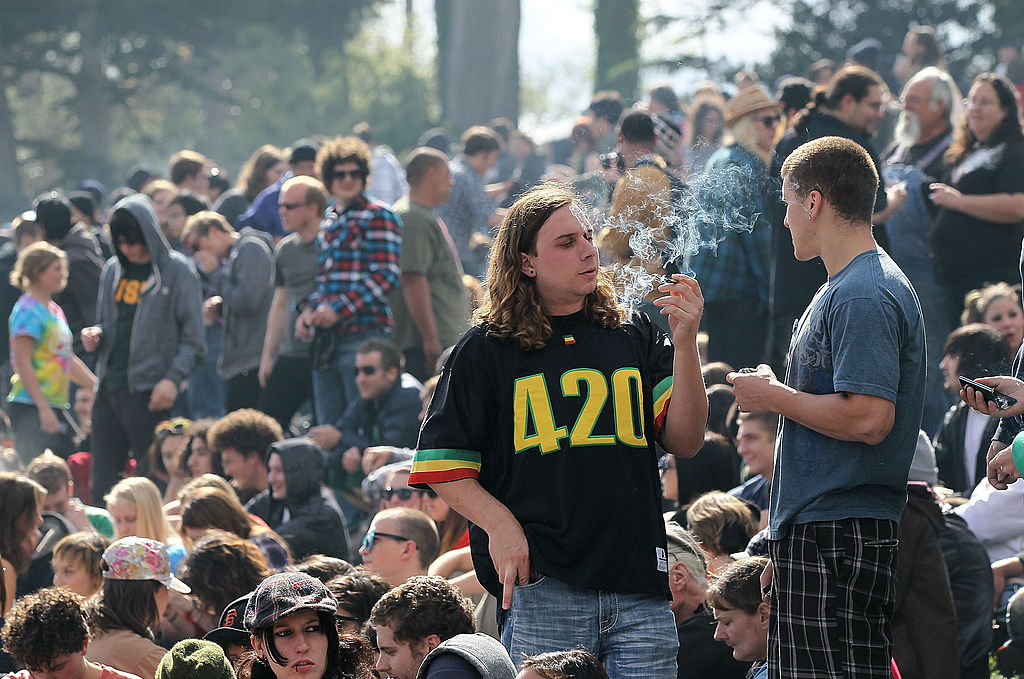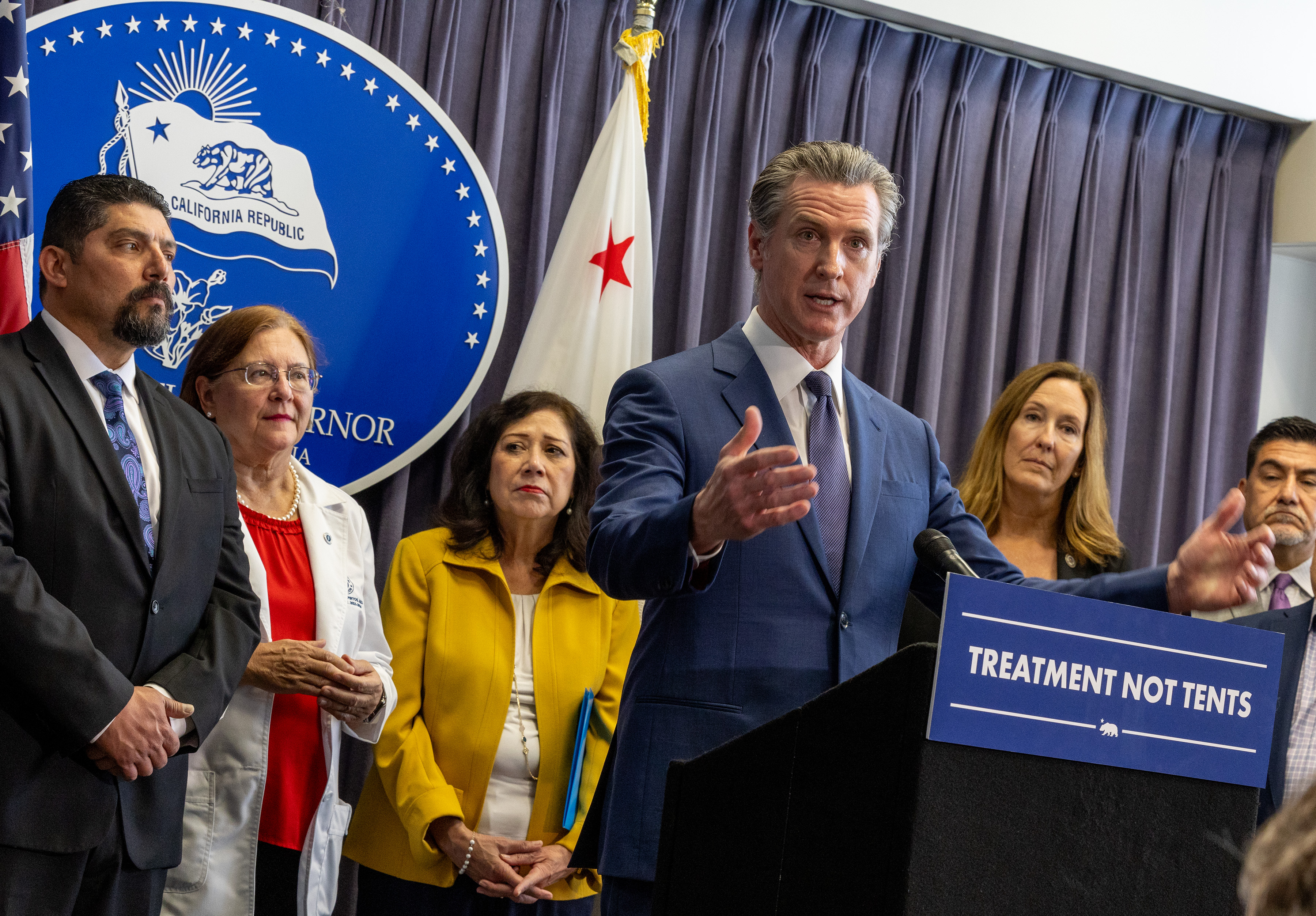The Bay Area has long staked out its position as one of the most technologically and environmentally advanced regions in the country.
Striving for the highest standards in fuel sourcing, however, could cost about 90,000 San Francisco ratepayers a pretty penny.
The question, of course, is how much? A deal with Shell Oil to provide 100 percent renewable energy for the city, passed by the San Francisco Board of Supervisors last fall, has garnered criticism from various groups. One of the most vocal critics, the International Brotherhood of Electrical Workers, or IBEW, launched an online campaign called “Stop the Shell Shock,” which warns consumers that ‘your rates could double.’ Is the claim true?
“There’s almost a doubling of the electric generation rates,” said Hunter Stern, spokesperson for IBEW 1245. “It’s not what I think, it’s what the [San Francisco] Public Utilities Commission has told the Rate Fairness Board.”
Stern’s assertion that the PUC predicts electric generation rates will nearly double in a deal with Shell is accurate.
In a recent report prepared for the city’s Rate Fairness Board in late January, PUC financial directors presented a maximum rate of .15 cents per kilowatt hour, almost exactly double the current rate of .0788 cents per kilowatt hour.
This does not, however, mean residential users’ bills will rise by twice as much. Charles Sheehan, a spokesperson for CleanPowerSF, the group within the PUC responsible for spearheading the deal with Shell Oil, tells NBC Bay Area that the generation rate is just “one of many line items on your electricity bill” that helps determine total cost.
Local
“The transmission and distribution line items, other items like taxes and fees, those all stay the same,” Sheehan said.
Indeed, CleanPowerSF’s numbers do indicate a steady rise in cost for renewable energy customers, but nothing approaching double. The most typical customers, ‘Tier 1’ and ‘Tier 2,’ would see an average jump of anywhere between $10 and $21 per month. On a percentage basis, that comes out to about a 50 percent hike.
“Green energy does come at a premium cost,” Sheehan said. “It’s a premium product, so customers will have to pay a little more.” Should the new generation rate ultimately get a thumbs up from the board of supervisors, the city would then select some 90,000 residents to launch the renewable energy program.
Those customers would be automatically enrolled, but could opt out without a fee from the city. Pacific Gas and Electric spokesperson Joe Molica says PG&E will not assess any charges for opting out either, other than a small administrative fee of around $4 if the opt-out exceeds a certain time window.
Molica told NBC Bay Area that PG&E “respects the choices that are out there [for energy], and will continue to cooperate with the city.”
PG&E will continue to handle all energy distribution, transmission, billing and maintenance of power lines for San Francisco customers, Sheehan said. “We want all potential customers to understand the choice that they must make, and what green energy could mean to them,” Sheehan said. “We want to make sure that whatever customers we do secure, that they’re with us because they want to be with us, and those who want to opt out can and do opt out.”
Yet IBEW’s concerns with the deal go beyond just a rise in costs for some ratepayers. The union also questions the city’s efforts to inform residents about the new program, and what type of renewable energy Shell would be providing to San Francisco.
“The energy Shell provides appears not to be any greener than the current energy that PG&E provides,” Stern said. Documents Shell must produce to the California Public Utilities Commission indicate the company is trending away from supplying renewable energy through wind and solar sources, and concentrating more heavily on providing biomass fuel instead.
“Biomass is the burning of wood chips and agricultural matter,” Stern said. “It produces a high amount of greenhouse gases and it’s up to a 400 percent [higher emission] than what the modern natural gas plants produce.”
Sheehan said he could not offer details on what type of energy, specifically, Shell would be providing under the agreement since no energy has been purchased to date. “In California, there are strict guidelines of what is considered renewable,” Sheehan said.
“And all of our energy will be considered 100 percent renewable under the state of California’s guidelines.” Sheehan added that CleanPowerSF will be ramping up its efforts to make San Francisco residents aware of their energy choices, should the board of supervisors approve a rate change in the coming weeks.
If the agreement is finalized, the city will implement the renewable energy program later in the year.
The residents automatically enrolled in the new program will receive four ‘opt out notices’ over the course of 120 days, as required by state law.



